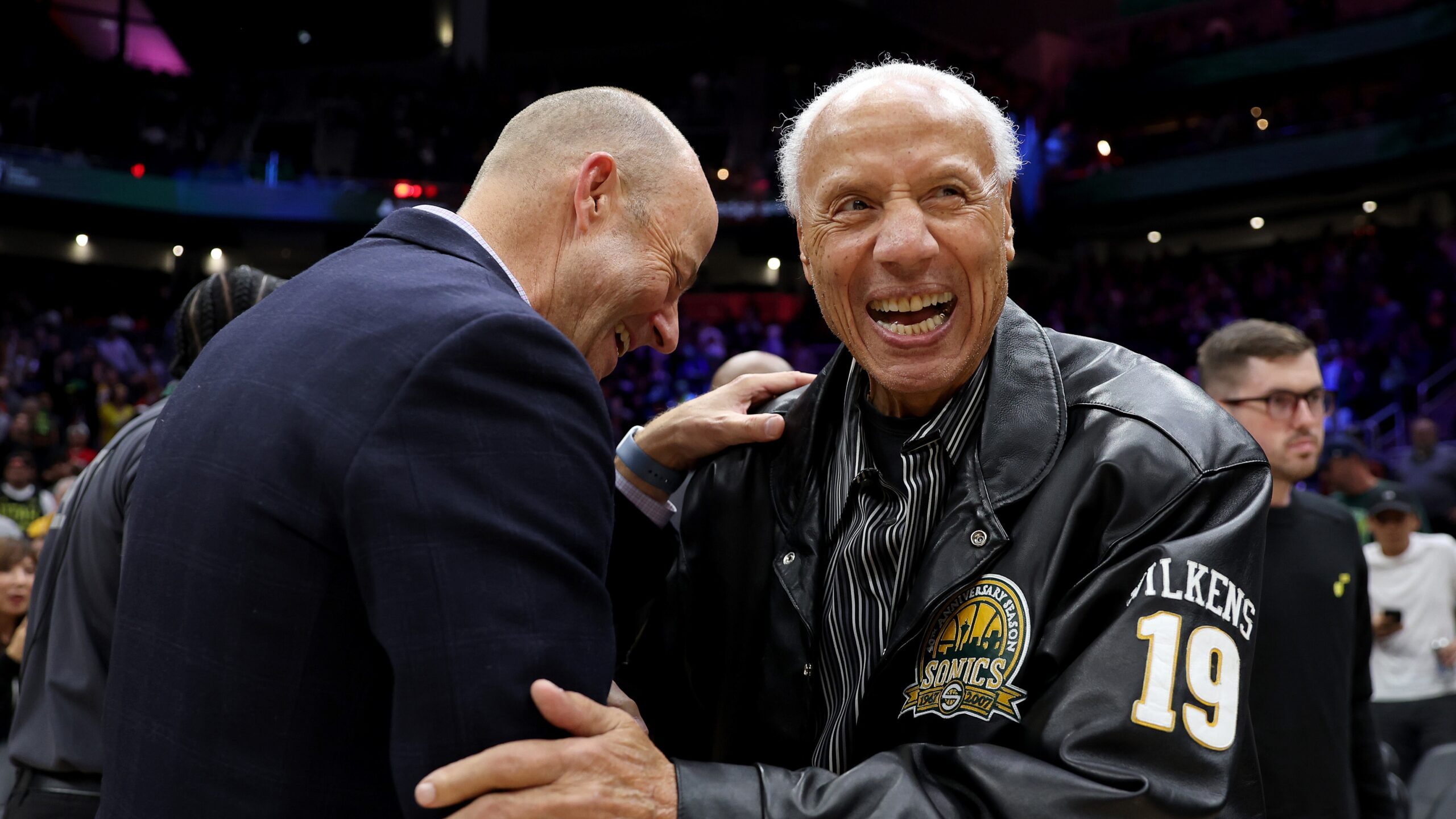Jitendra Kumar is set to headline a new film alongside Pooja Bhatt that delves into India’s traditional pigeon-flying practice.
The project marks a reunion for Kumar and co-producer Hitesh Kewalya, who previously collaborated…

Jitendra Kumar is set to headline a new film alongside Pooja Bhatt that delves into India’s traditional pigeon-flying practice.
The project marks a reunion for Kumar and co-producer Hitesh Kewalya, who previously collaborated…

Sikhya Entertainment has set its first collaboration with acclaimed director Karthik Subbaraj, with the feature launching production Monday in Madurai, southern India.
The Tamil-language film unites the banner led by Oscar winner Guneet…

Lenny Wilkens looks back on his NBA career during a sitdown with Ahmad Rashad.
Sacramento coach Doug Christie was born and raised in Seattle. The SuperSonics meant everything to him as a kid. And when he heard the news about the death of Lenny…

The discussion paper (28-page // 519KB PDF), published by the Australian Treasury, highlights the need to reduce the regulatory burden for investors where possible; increase support for more efficient administration of the framework by regulators; and make the framework easier to navigate for investors and stakeholders. Consultation on the discussion paper closes on 12 December.
Joni Henry, an expert in corporate mergers and acquisitions at Pinsent Masons, said: “These proposed reforms are a positive step because Australia is reviewing far more foreign investments, relative to its size, than comparable countries which impacts the attractiveness of Australia as an investment destination.”
“The majority of the applications to the Foreign Investment Review Board are low-risk and passed with minimal conditions, but the applications take time and delay investment,” she said.
“The regulatory burden imposed on many investors is disproportionate to the risks involved.”
The legislative reforms will focus on streamlining and strengthening the foreign investment framework and ensuring that Australia remains an attractive destination for global capital, while managing “evolving risks to the national interest and national security in an increasingly challenging international security environment,” according to the Australian Treasury.
Andrew Fisken, an expert in cross-border mergers and acquisitions at Pinsent Masons, said: “If implemented, these reforms can help streamline foreign investment while still protecting Australia’s national interests and security. We encourage interested parties to read through the discussion paper and consider making a submission.”
Currently, the criteria for mandatory screening of foreign investments are based on monetary thresholds, sectors and the profile of investors. Potential investor proposals are considered as either requiring review or not, resulting in the same regulatory burden being imposed regardless of the level of risk posed to national interests or national security.
The federal government is seeking feedback on whether new categories of lower risk investments, defined by objective criteria, should be subject to a notification requirement only, rather than require review and approval before the investment can be made.
Feedback is also being sought on other potential reforms to reduce regulatory costs, including whether reporting requirements can be reduced by enabling reporting on behalf of others for a single transaction and changing the types and range of transactions that are reportable.

At least three people were killed and over dozen wounded during a clash between security forces and a nationalist movement in northwestern Pakistan on Saturday.
According to the army, the clash occurred in the Boyya area of North Waziristan near…

The constraints posed by limited internal space in the iPhone Air have evidently hampered Apple’s ability to integrate a secondary camera alongside the 48MP Fusion…

The decline follows a $500m cut in grant support by the US HHS.
Venture financing for mRNA-based innovator vaccines declined by 82% from $510m in 2023 to $90m year-to-date (YTD) in 2025, according to GlobalData.
The decline follows a $500m cut…

Hollywood franchise entry “Predator: Badlands” opened atop the Korean box office with $1.1 million from 160,000 admissions across 953 screens, capturing 25.4% of market share. The latest installment in the sci-fi action saga bowed strongly…